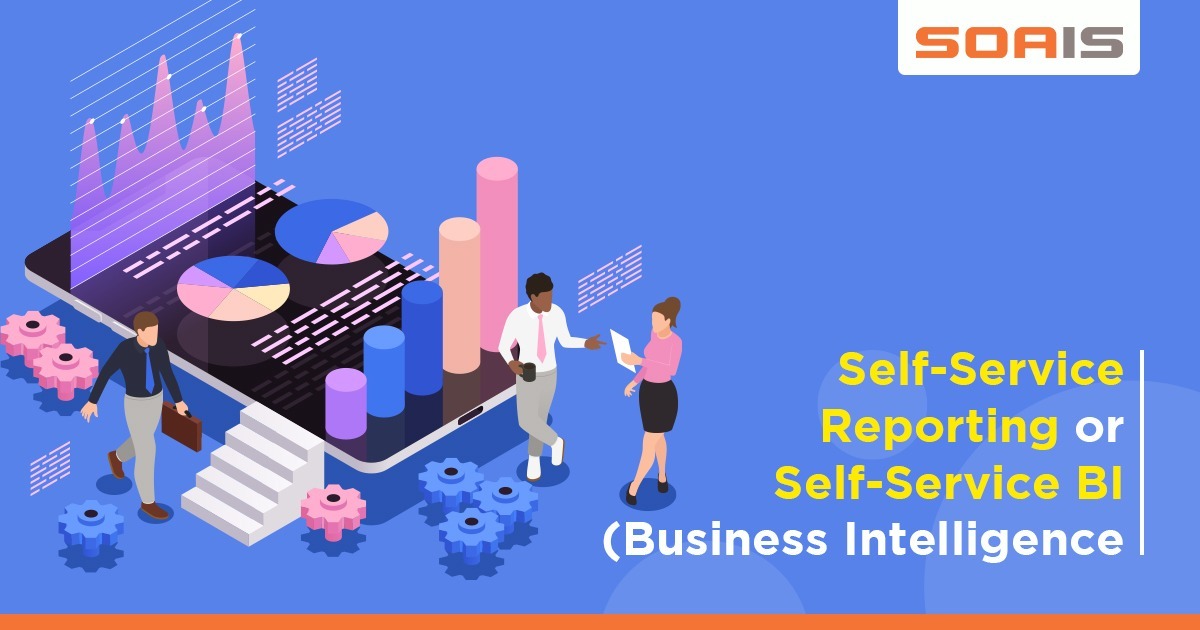

What is Self Service Reporting (or Business Intelligence)?
Self Service Reporting is nothing but a strategy now a days most of the companies are offering to their customers to have direct access to organized data, where customers can analyze the data and create their own reports and decide how to represent their datasets. It reduces overall support costs and customers have more access to the data.
Difference Between Self Service BI and Traditional BI
In Traditional BI, Business users collect requirements for specific reports/dashboards and submit the request to the IT department. IT Department, extracts the data from one or multiple sources, loads this data in a data warehouse and creates a Model for analysis. Reports and dashboards are created and informed to Users. Users check the reports as per their requirements and approve the report or may request changes.
While in Self-Service BI, the IT team gathers the requests for self-service tools. The requested data is loaded into the database and models are created. The department provides access to these models to the business users. Business Users can directly access the data and can create their own reports. Users can filter, sort, analyze and visualize data themselves without the intervention of an organization’s BI team or IT teams.
Benefits of Self-Service Reporting
- Quick Insights helps in making quicker decisions based on the data.
- IT Departments are less involved and not overloaded with multiple data requests or change requests.
- Centralized data management.
- Lower Support Cost
- Provides flexibility to the users, with reporting and dashboards to make important decisions on time.
- Any user can generate reports in real-time.
- One-time implementation with minimal requirements.
- Data can be used from multiple sources.
- User access can be handled by the BI admin.
- Non-technical users can also generate the reports quickly.
Power BI as a Self-Service BI tool
There are a lot of other tools available in the market, which can be used as a self-service BI tool, which have various benefits. Power BI is one of the most common tools, used for Self-service reporting. Below are the benefits of using Power BI over other tools:
- Quick Deployment
- Interactive visualization, quick and easy to learn.
- Integrates with other Microsoft platforms and can connect with external services.
- Row-level and Column level security is available.
- Easy analysis for Business Users
- Large community to help and support.
- Data Refresh scheduling
- Quick Decision-making as reports are quickly loaded.
Best Practices for Self-service BI
- Install/Deploy easy-to-use BI tools
- Monitoring of BI tool environment
- Scalable model as per business needs
- Keep costs under control.
- Establish a data governance committee.
In conclusion, more companies are moving towards the self-service tool to have more competitive strategies, where Power BI can play an important role, with the features it has over other competitive tools.
